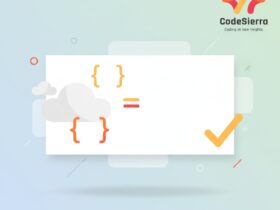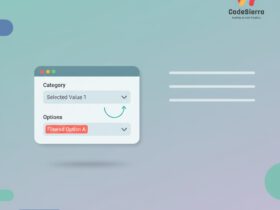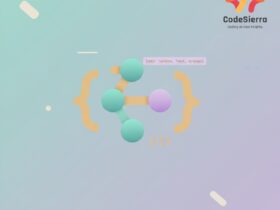Understanding the Decision Element in Salesforce Flow
The Decision Element is a core building block in Salesforce Flow that lets you branch your automation based on conditions. Think of it as an “if-else” statement inside Flow Builder: it evaluates record data or flow variables and directs execution down the path that matches the first true outcome.
How a Decision Element Works
When a Flow runs and reaches a Decision Element, it evaluates outcomes in the order you define. Each outcome contains one or more conditions (using operators like equals, greater than, contains, etc.). The flow follows the first outcome whose conditions evaluate to true. If no outcomes match, the Flow proceeds along the Default Outcome (if configured) or throws an error if none exists.
Key Parts of a Decision Element
Decision Elements consist of:
- Outcomes — Named branches with condition sets (e.g., “High Priority”, “Low Priority”).
- Conditions — One or multiple expressions evaluated with AND/OR logic.
- Default Outcome — Fallback path executed when no outcomes match.
Example: Routing a Case
Use a Decision Element to route Case records to the right team:
// Pseudocode representation of the Decision logic
if (Case.Priority == 'High' && Case.Type == 'Incident') {
// Route to Incident Team
} else if (Case.Priority == 'High') {
// Route to Senior Support
} else if (Case.Owner.Department == 'Sales') {
// Route to Sales Support
} else {
// Default assignment
}
Best Practices
- Order outcomes from most specific to least specific to avoid shadowing (first-match wins).
- Use clear, descriptive outcome names so other admins can understand the flow quickly.
- Keep conditions simple; use formula fields or variables to simplify complex logic where appropriate.
- Always add a Default Outcome to handle unexpected data and improve robustness.
- Test each branch with debug runs to ensure each path performs as expected.
When to Use Decision vs. Other Elements
Use Decision when you need branching logic. For single-condition checks that only decide whether to continue or stop, consider using a Decision with two outcomes. Avoid overusing Decision for extremely complex rules — move heavy logic into Apex or declarative formula fields if performance or maintainability becomes an issue.
SEO and Keywords
This post focuses on keywords such as Decision Element, Salesforce Flow, Flow Builder, flow conditional logic, and branching in flows — useful search terms for admins and developers learning flow automation.
Summary
The Decision Element in Salesforce Flow is the declarative way to introduce conditional branching. By setting ordered outcomes with clear conditions and a default path, you control the flow’s execution path and build reliable, maintainable automations.










Leave a Reply